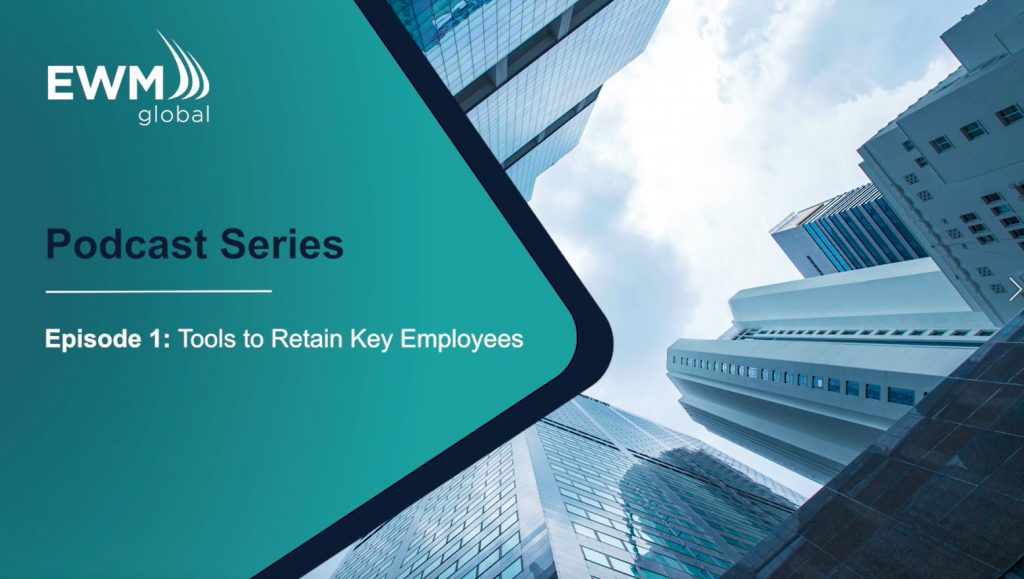Why financial firms need to do more to attract and keep the best
The industry that emerged from the chaos of the banking crisis is one that is far more efficient, robust, transparent and risk-conscious than its former self. Much of this change has been tied in some way to the staggering advances in digital and online technology that have transformed nearly every facet of our lives.
Sustained regulatory and commercial pressure has driven the sector to abandon semi-manual, spreadsheet-orientated systems of old for modern, sophisticated platforms, where mountains of investment and investor data are brought together and made easily accessible for managers, clients and customers alike.
However, like the medieval archer with one huge muscled arm and one skinny one, the development on this front has been decidedly lopsided. Most of the focus has been on transforming the investor/client facing side of things. Given the significant challenges involved here – not to mention the need to adapt to exacting new regulatory regimes – this task has understandably monopolized attention.
Financial firms need to make it a mission for the coming decade to bring this ‘talent-facing’ side of their business up to speed with the digital era, in much the same way it has done so for the investor-facing side.
But as a consequence, the internal talent-facing side has fallen by the wayside – while many firms now have sophisticated systems for handling investments and engaging investors, they still find themselves relying on much older, often semi-manual systems when it comes to talent management.
The problem here is that attracting and retaining the best talent is a crucial aspect of finance – one that can make or break firms. Especially at the top levels it can prove a very complicated, data heavy affair – a byzantine maze of disparate plans and structures, with myriad sub-sectors and tax rules adding further dimensions of complexity. Additionally, it is far more competitive than it was ten years ago, in that finance used to be head-and-shoulders the industry-of-choice for the most ambitious and capable, whereas it now vies more closely with rivals – in particular, the technology sector.
It is immensely frustrating for any top-level executive to have to sift through multiple, poorly maintained or inaccurately updated spreadsheets to determine the current state of their executive compensation – one of the main drivers keeping them motivated in the job in the first place.
Financial firms need to make it a mission for the coming decade to bring this ‘talent-facing’ side of their business up to speed with the digital era, in much the same way it has done so for the investor-facing side.
But the transformation cannot be limited to simply bringing in specialized systems on a siloed basis. While many specialist products are very good at what they do, this doesn’t do anything to solve the central problem – the need for a consolidated 360 view that brings everything together in a consistent fashion. Without this aspect, a plurality of systems can end up simply replicating the problems and workload associated with older, spreadsheet-based approaches.
Think about the most successful tech platforms that have arisen over the last decade. Amazon, Netflix, Google and so on. What is it about them that creates such appeal? In part, it’s because they offer an old service in a more convenient fashion. But more fundamentally it’s because they bring everything together into one place. What has made Amazon so ubiquitous is that, instead of having to trawl through multiple websites, users can find anything they need in a single location, quickly and easily, and through an intuitive interface, that can be accessed anywhere, at any time.
The same principle applies here. From the point of view of senior executives, the different elements and systems that constitute their remuneration are not separate, but a holistic package. Systems such as EWM Global’s are able to seamlessly bring all of this disparate information – from deferred cash plans through to carried interest schemes and total rewards – together, on an automated basis. The EWM Global platform, via its intuitive UX, makes it easy for users to quickly access the precise information they need, on demand, from any location, on desktop or mobile. Processes that could otherwise involve ten or more steps are reduced to just one click of a button.
EWM Global’s flexible portal provides worldwide coverage and the ability to seamlessly incorporate third party systems. This provides an element of future-proofing that makes bringing in new regions, markets, and reward plans easy. As well as saving considerable amounts of time and work, the portal brings clarity and transparency – ensuring that complex plans are processed consistently in a secure manner, automatically providing a full audit trail.
Whereas the 10s were the decade of making things easy, simple, and transparent for investors and regulators, the early 20s should be about achieving the same for internal talent. Firms that move early on this will not only gain a commercial advantage over industry rivals, but will also find it far easier to compete in a wider talent pool which is no longer the sole domain of the financial world.
To learn more about how you can digitally transform your executive compensation, please contact marketing@ewmglobal.com






